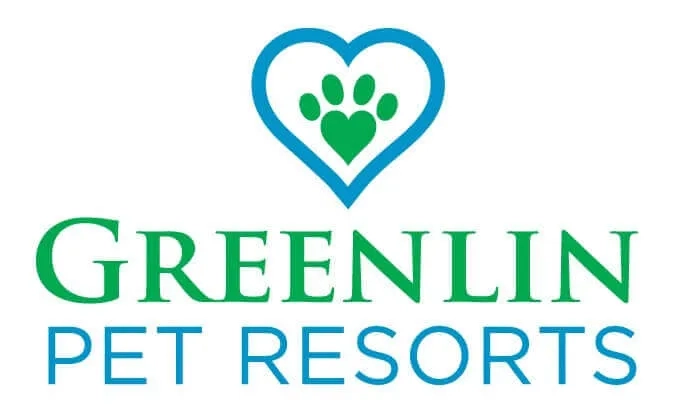Signs That Your Dog is Stressed
When a dog gets stressed its behavior can change drastically, much the same as a person can change when they’re under stress. Some stress is healthy. It’s totally normal if you feel some stress when meeting someone new or when dealing with a dangerous situation. The same goes for dogs. If you pay attention to your dog the next time they’re faced with something moderately stressful, you may notice some of the more mild signs of stress listed below. In these situations, this behavior is usually a good thing because it shows the dog understands what’s going on.
But sometimes a dog can act stressed out when there’s no discernible reason. Or they may exhibit external symptoms of stress all the time, causing frustration for dogs and owners alike. In these cases, your dog may be dealing with a significant amount of stress or may even have some form of anxiety. If you’re worried your dog may be suffering from something like this, you should speak with a veterinarian. If your dog is experiencing serious symptoms, get them checked as soon as possible.
Stress comes in all forms and covers a wide range of severity. Some dogs will simply cower or whimper incessantly while other dogs may even get violent when they’re sufficiently agitated. Either way, we want to help our dogs feel safe and comfortable and not stressed out. Since we can’t speak with dogs the old-fashioned way, we need to rely on interpreting their body language, movements, expressions, and vocalizations. Sometimes simply knowing that your dog is stressed can help you take steps to alleviate some of it for them.
Sounds
Many dogs will make it quite clear that they’re not happy through a range of whimpering, whining, growling, or barking sounds. Growling, Snarling, and loud barking are usually the dog trying to raise the alarm about something, chase something off, or display protectiveness of its territory. If you ever hear a dog get hurt unexpectedly, you might expect to hear a high-pitched and ear-piercing yip and whimpering. Whining is common for some dogs, but excessive whining or whining in combination with nervous body language may indicate something is wrong. Your dog may pant in an unusual way as well if it’s nervous in some situations. In some other cases, a lack of barking or vocalization may be an indication of a problem or stress if they do usually bark a lot.
Body Language
The sounds your dog is able to make will only give you so much information. It’s important to pay attention to your dog’s posture and positioning. For example, a dog may tuck its tail between its legs when it’s afraid, or otherwise cower and try to make itself smaller if it’s not planning on fighting back. A dog might also visibly shake or shiver when it’s nervous or stressed. Excessive licking or biting of paws or other body parts may be an indication of anxiety or a compulsion triggered by stress. You may simply see your dog sitting differently or looking generally uncomfortable. Stiffness and freezing up may also be your dog responding to a stressor.
Facial Expressions
Your dog’s eyes and ears can provide a lot of information on what’s going through their head. A nervous dog is often very good at communicating its discomfort to its owner through a very sad-looking and serious look, sometimes accompanied by flattened ears and a diminished posture. In some cases, an overstressed dog may lick its lips or teeth excessively or in other cases, yawn or sneeze excessively. These behaviors are often associated with submissiveness, but they can also be a sign of nervousness or stress.
Excessive drooling may also become a problem for your floors and your dog. When food is around, drooling is to be expected, even potentially in massive amounts, but finding inexplicable wet spots or seeing your dog constantly drooling or foaming at the sides of the mouth may be a sign that they’re overstressed. In some cases, peculiar drooling may even be a sign of more serious health issues, so always consult your veterinarian with any new or worsening compulsive behaviors in your dog.
Movement
Just like you might expect a nervous human to pace around the room anxiously, dogs can exhibit similar behaviors when they’re feeling stressed out or scared. Pacing, restlessness, waiting nervously by a door, cowering away, or running off and hiding are all signs your dog may be feeling stressed.
Helping Your Dog With Stress
Once you’ve identified that your dog may be overly stressed or even possibly suffering from some form of anxiety, you can start taking steps to alleviate the discomfort from your dog’s life where you are able. Stress in dogs can come from a variety of factors including a lot of uncontrollable changes, like a change in home, a new child or pet, the loss of a person or pet, a traumatic experience or injury, or loud noises.
A lot of the time there’s not much we can do to put a stop to these difficulties, so sometimes the only real way to help your dog is through comfort and training. If you’re able to teach your dog that the stressors they’re experiencing are not going to hurt them, either by slowly exposing them to the source of stress in a controlled, relaxing manner, potentially using classical training techniques as well, you may be able to relieve some of the discomforts they’re experiencing. Being there for them and offering a safe, warm environment to curl up in may also do wonders at alleviating stress from a difficult situation.
Diet and exercise are also crucial elements of a healthy disposition, so a well-stressed dog with no other external explanation may simply be suffering from an inadequate diet or activity. Some breeds in particular have a LOT more energy than others, so be sure to familiarize yourself with your dog’s breed and what kind of energy release it needs. If your dog is still exhibiting signs of stress despite all your best attempts to help it relax, seeing your vet is a good idea because these behaviors could be signs of something relating to their overall health.
A Stress-Free Stay for Your Dog
When you have to hit the road and leave all pets behind, ensuring they have all the attention, comfort, food, and activity they could want while you’re away can help turn a stressful experience into an exciting vacation at one of our fabulous resorts. Our staff is well-trained to deal with dogs that may not be as eager to play or might otherwise be stressed out or nervous when you’re not around. We can provide regular updates on your dog’s stay and we’ll be sure to provide them the level of care you will feel comfortable with. Check out the resort nearest you and schedule your dog’s next stay at a Greenlin pet resort today!

